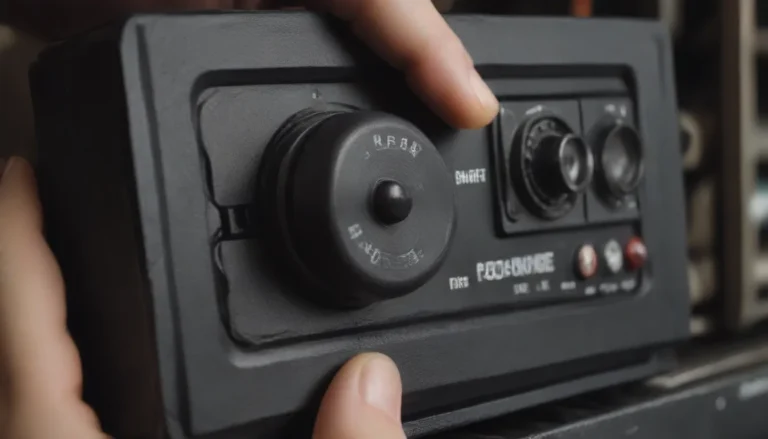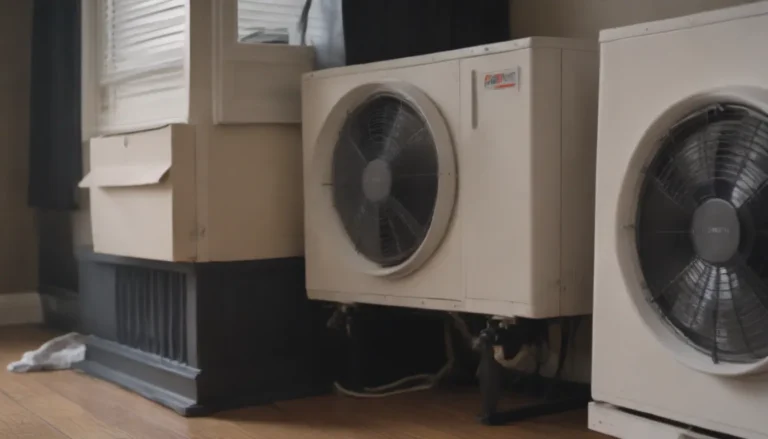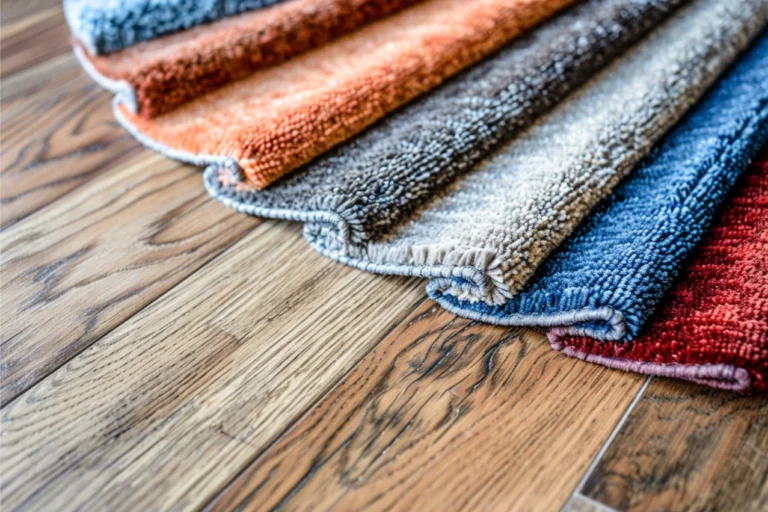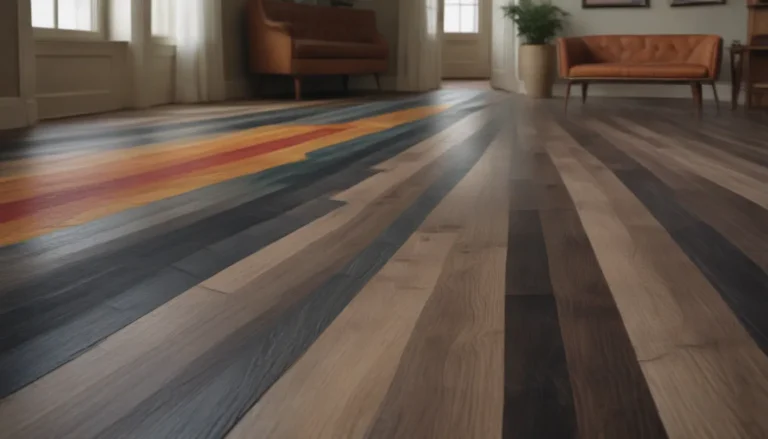Natural Paint Removers: A Comprehensive Guide for Every Surface
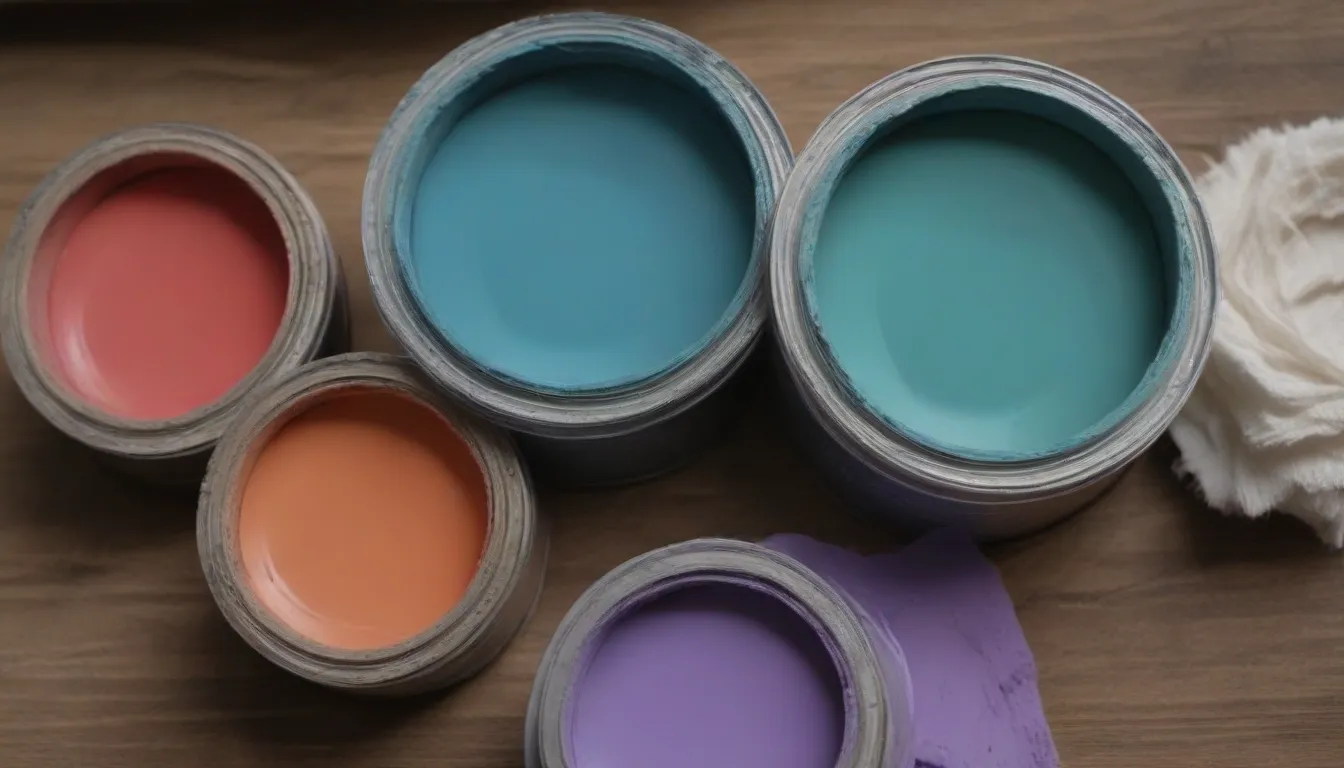
Are you tired of struggling to remove paint from various surfaces in your home? Whether it’s wood, concrete, metal, or even plastic, paint removal can be a daunting task. Chemical-based paint strippers have long been the go-to solution, but they often come with harmful side effects. From toxic fumes to potential health hazards, using traditional paint removers can be risky. Fortunately, there are safer and more environmentally friendly alternatives available.
In this in-depth guide, we will explore four natural paint removers that are not only effective but also safe for you and the environment. We will discuss the benefits of soy-based gel paint removers, citrus-based paint removers, and manual paint removal methods. Additionally, we will provide step-by-step instructions on how to remove paint from metal and hard plastic items using simple household ingredients. Let’s dive in and discover how you can effectively remove paint without the use of harmful chemicals!
The Dangers of Traditional Paint Strippers
Before we delve into natural paint removers, it’s crucial to understand the risks associated with traditional chemical-based paint strippers. Many commercial paint strippers contain toxic ingredients like methylene chloride, toluene, methanol, and acetone, which can pose serious health threats. These chemicals can harm the respiratory system, brain, nervous system, and skin, leading to long-term health issues. Moreover, improper use of chemical paint strippers can have devastating consequences for both humans and the environment.
Major home improvement stores have started to pull products containing methylene chloride from their shelves due to the potential hazards they pose. However, these products are still readily available on the market. Before embarking on a paint removal project, always read the labels of commercial paint strippers carefully. Opt for less-toxic alternatives whenever possible and ensure that you follow the manufacturer’s instructions closely. Remember to wear protective gear such as safety glasses, gloves, and a mask to protect yourself from harmful fumes and chemicals.
Soy-Based Gel Paint Removers
Soy-based gel paint removers offer a sustainable and eco-friendly alternative to traditional chemical strippers. These products contain methyl soyate, a methyl ester distilled from soybean oil, making them safe for both you and the environment. Soy-based gels are low in volatile organic compounds (VOCs), have low flammability, and do not contain ozone-depleting chemicals. They can be used on a variety of surfaces, including wood, concrete, and metal.
To use a soy-based gel paint remover, simply apply it to the painted surface with a paintbrush and let it sit for several hours. Unlike liquid formulas, soy-based gels do not evaporate or drip, allowing them to effectively penetrate and lift the paint from the surface. The longer you leave the remover on the paint, the easier it will be to remove the paint completely. While soy-based removers may take longer to work than stronger chemicals, they are a safer and more sustainable option for paint removal.
Citrus-Based Paint Removers
Citrus-based paint removers are another natural and environmentally friendly option for removing paint. These products contain terpenes, organic compounds derived from plants, typically oranges or pine resin. Citrus-based removers have a pleasant orange or citrus scent and are safe to use on any painted or varnished surface. While they work more slowly than chemical paint strippers, they can effectively remove paint without the harmful side effects.
If you choose to use a citrus-based paint remover, be sure to handle and dispose of it properly. While these removers are biodegradable, they still contain some chemicals that can be harmful if not handled correctly. Always follow the manufacturer’s instructions and take precautions to protect yourself and the environment when using citrus-based paint removers.
Manual Paint Removal Techniques
If you prefer to avoid using paint strippers altogether, manual paint removal techniques can be a safe and effective alternative. Whether you’re dealing with lead paint in older homes or simply prefer a non-toxic approach, manual paint removal methods can get the job done with minimal risks. Here are a few techniques you can use to manually remove paint:
- Scrape away paint: Use a paint scraper or putty knife to gently remove paint from the surface.
- Use a heat gun: Apply heat to the painted surface with a heat gun to soften the paint and make it easier to scrape off.
- Sand away: Use sandpaper or a sanding block to sand off the paint layer by layer until the surface is smooth.
When using manual paint removal methods, always wear a mask, safety glasses, and other protective gear to prevent inhalation of dust or fumes. Take your time and work carefully to avoid damaging the underlying surface while removing the paint manually.
How to Remove Paint From Metal
Removing paint from metal surfaces can be a tricky task, but with the right techniques, it can be done effectively. If you have small metal items covered or splattered with paint, such as door hardware or outlet covers, you can use a simple method involving baking soda and boiling water. Here’s how you can remove paint from metal items using this technique:
Warning: For paint removal, use a large pot that will not be used again for cooking.
What You Need:
- Water
- Baking soda
- Tongs
- Old toothbrush or stiff-bristled brush
Instructions:
- Mix Cleaning Solution: Pour at least one quart of water into a pot and add one-fourth cup of baking soda.
- Heat Water and Add Hardware: Bring the water to a boil and carefully add the painted metal items using tongs. Ensure that the items do not overlap or touch the sides of the pot.
- Simmer and Remove From Heat: Reduce the heat and allow the items to simmer in the water for at least 15 minutes. Once done, remove the pot from heat.
- Scrape Away Excess Paint: Use an old toothbrush or stiff-bristled brush to gently remove any remaining paint from the metal items. Repeat the process if necessary until the paint is completely removed.
By using this simple method, you can effectively remove paint from metal items without the need for harsh chemicals or toxic paint strippers.
Clean Paint From Hard Plastic Items
Similar to metal items, removing paint from hard plastic items like outlet covers can be done using a similar technique. Here’s how you can remove paint from hard plastic items using baking soda and boiling water:
What You Need:
- Water
- Baking soda
- Pot
- Tongs
- Flexible scraper
Instructions:
- Prepare Cleaning Solution: Fill a pot with water and add baking soda.
- Boil Water and Add Plastic Items: Bring the water to a boil, then add the hard plastic items to the pot. Allow them to soak for five minutes.
- Scrape Away Paint: Using a flexible scraper, gently remove the paint residue from the plastic items. Repeat the process if needed to ensure all paint is removed.
By using this method, you can safely and effectively remove paint from hard plastic items without causing damage to the surface.
Conclusion
In conclusion, removing paint from various surfaces can be a challenging task, but it doesn’t have to be harmful to your health or the environment. By choosing natural paint removers like soy-based gels and citrus-based products, you can effectively remove paint without exposing yourself to toxic chemicals. Additionally, manual paint removal methods offer a safe and non-toxic alternative for those who prefer to avoid chemical strippers altogether.
Next time you embark on a paint removal project, consider the natural alternatives discussed in this guide. By following the step-by-step instructions and safety precautions provided, you can successfully remove paint from any surface while protecting your health and the environment. Say goodbye to harmful paint strippers and hello to a safer, more sustainable way of removing paint from your home!
